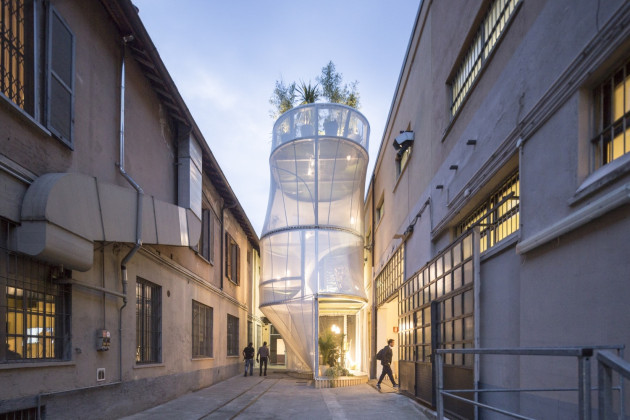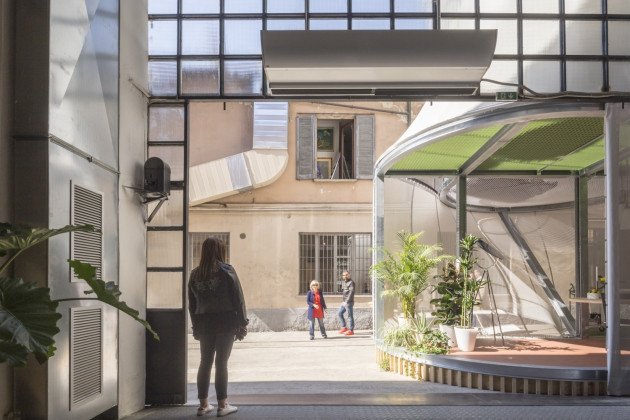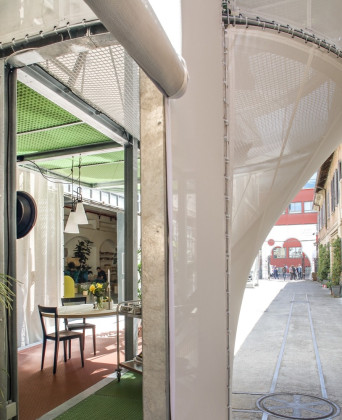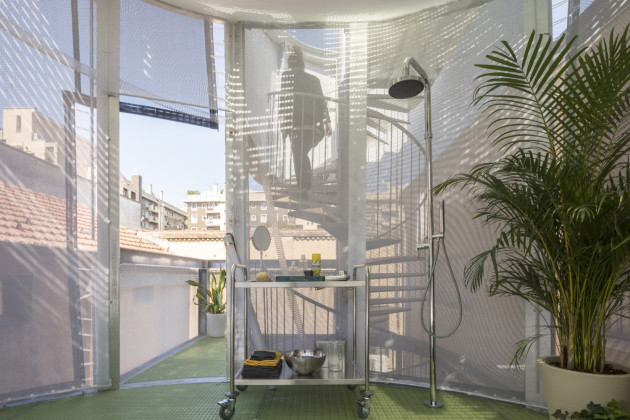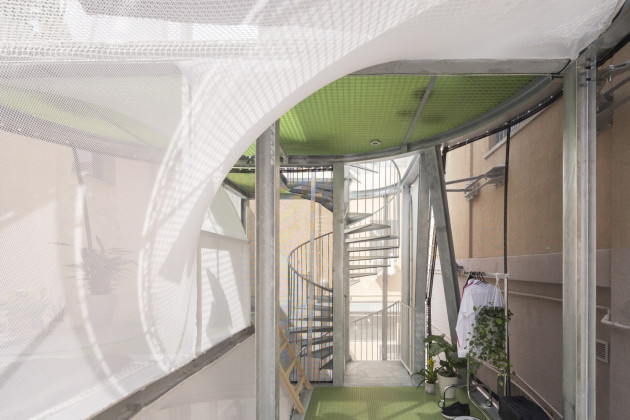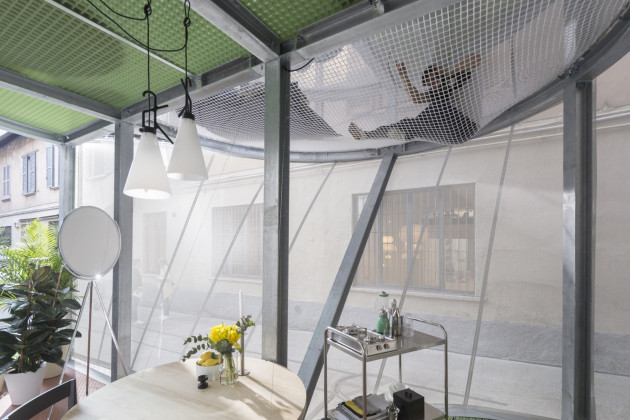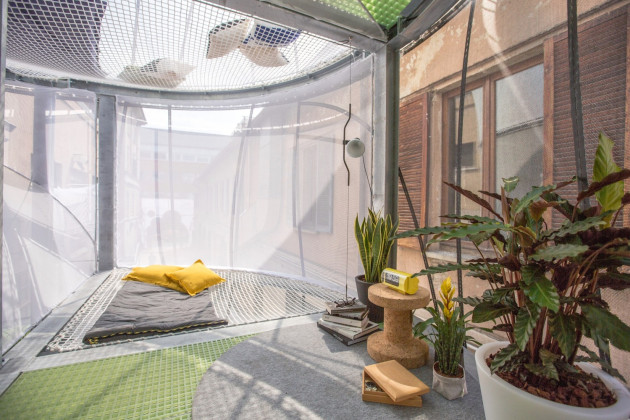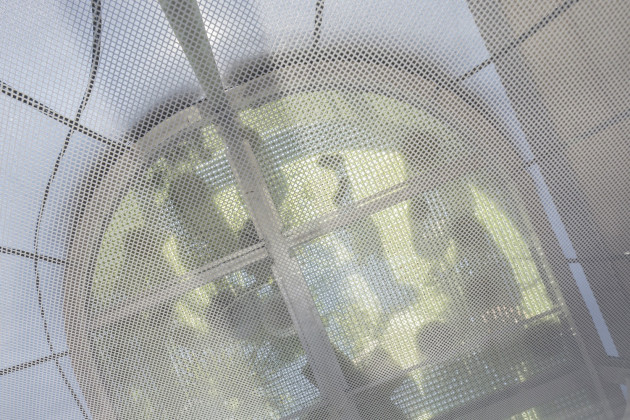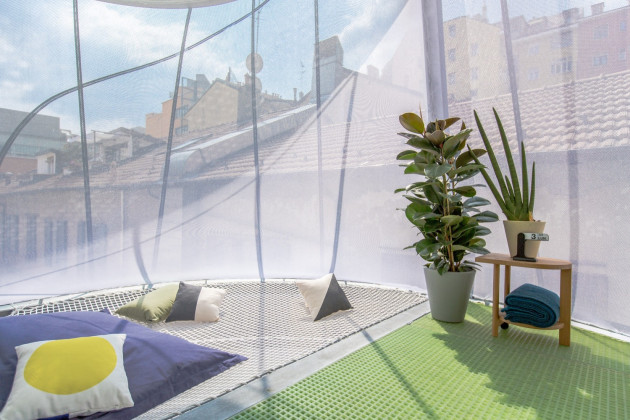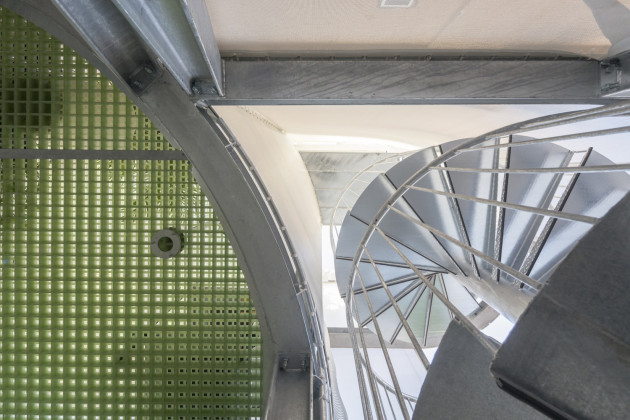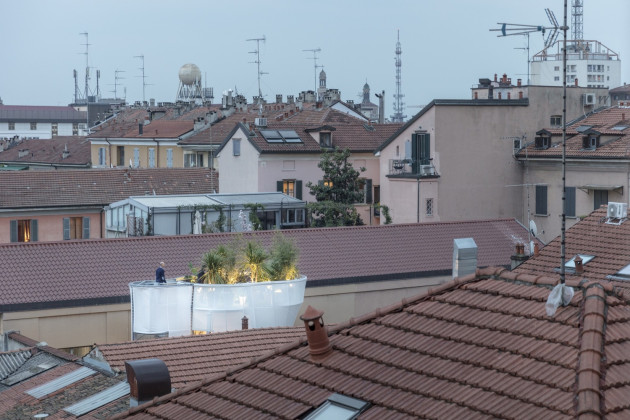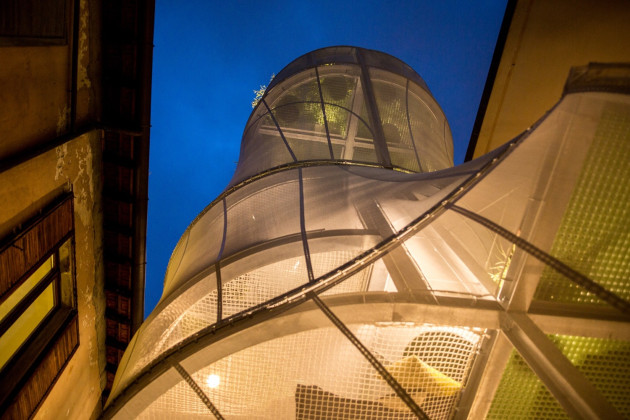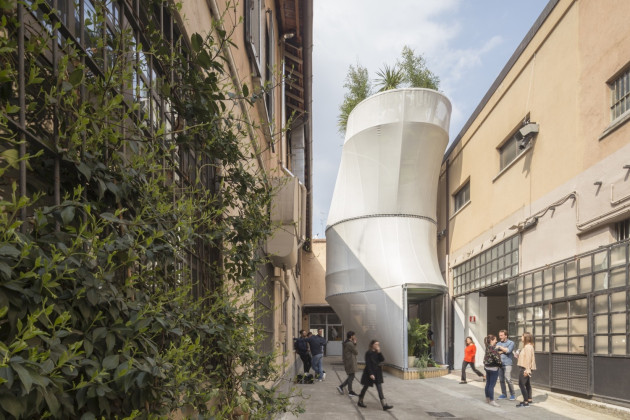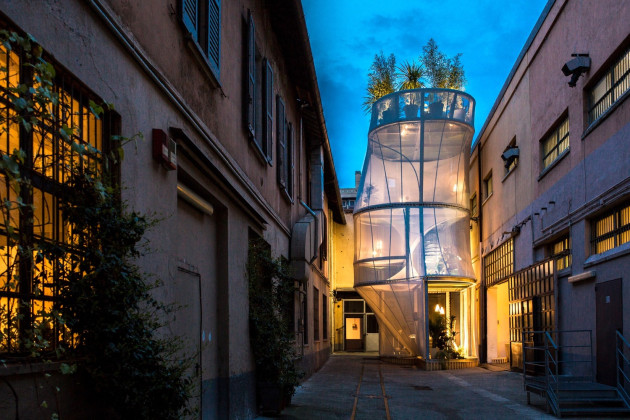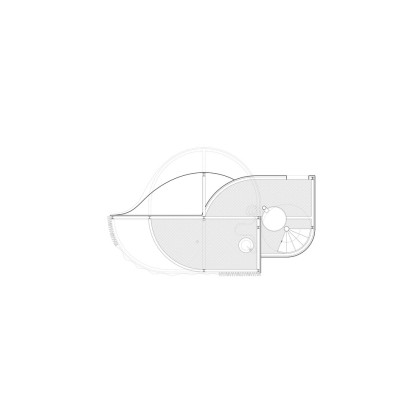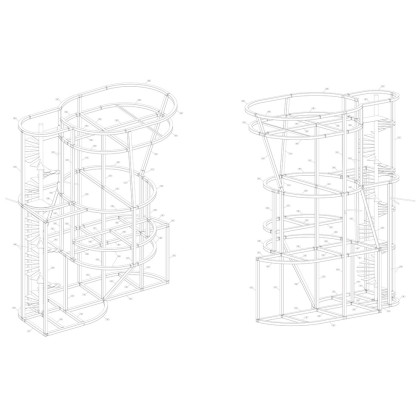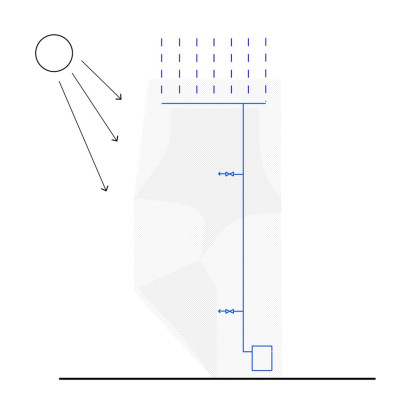Resource-Conscious Living Concept
Being rooted in the principles of “creative use of space” with “minimal footprint”, the installation is an interpretation of resource-conscious urban living
Attractive places to live are in increasingly short supply in today’s cities. And when it comes to those living spaces, the responsible use of resources is an issue of gathering urgency. MINI has teamed up with New York architects SO – IL to present a visionary solution to this two-pronged challenge. The installation MINI LIVING – Breathe is a forward-thinking interpretation of resource-conscious, shared city living within a compact footprint. “MINI LIVING – Breathe calls into question conventional living concepts and introduces a creative problem-solving approach for future challenges in urban areas,” explains Esther Bahne, Head of Brand Strategy and Business Innovation MINI. “The installation shows what happens when we view houses not only as a space in which to live, but as an active part of our environment – one which plays a positive role for the environment and the people living there.”
In keeping with MINI’s adherence to the principles “Creative use of space” and “Minimal footprint”, the installation creates an attractive living area for up to three people on a previously unused 50-square-metre urban plot. A modular metal frame forms the basic structure of MINI LIVING – Breathe, and a flexible, light-permeable outer skin creates the boundary between inside and outside. A total of six potential rooms and a roof garden provide space for personal fulfilment.
On the ground floor, a kitchen area acts as a spatial and social interface with the area around the installation – i.e. the outside of the world. It welcomes guests, brings people together and encourages them to engage with one another. Above it are various living areas, spread over three levels in all, which offer an inviting place to both relax and work. Sleeping areas, a potential wet area and the roof garden flesh out the installation’s upper reaches. The individual living areas are separated by light-permeable textile walls. This translucency allows people in other rooms to make out silhouettes and movements, and creates a feeling of connectedness and togetherness. But it also grants residents a sense of privacy, if preferable.
However, the installation offers more than an attractive living space: “The approach we took with MINI LIVING – Breathe extends far beyond purely a living concept,” says Oke Hauser, Creative Lead of MINI LIVING. “We view the installation as an active ecosystem, which makes a positive contribution to the lives and experiences of the people who live there and to the urban microclimate, depicted here by the intelligent use of resources essential to life – i.e. air, water and light.”
Its flexible outer skin has a special coating which filters and neutralises the air. Plus, the roof garden uses vigorous oxygen-producing plants to further improve air quality and the urban microclimate. The outer skin is translucent, too. It floods the installation with daylight, ensuring a bright and pleasant atmosphere inside. An intelligent construction on the roof collects rainwater to be used later and taken from a tap, for example. The structure is mobile and adaptable. It is designed to be disassembled and installed at another location. The fabric is interchangeable, and can be replaced with one that performs appropriately to different climates.
 21.04.2017
21.04.2017



